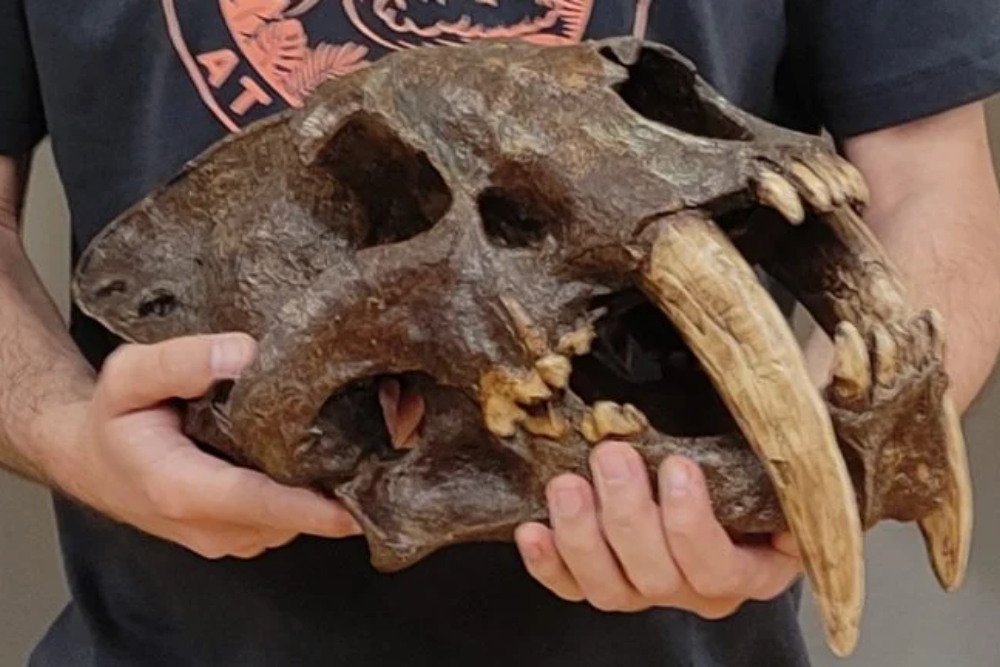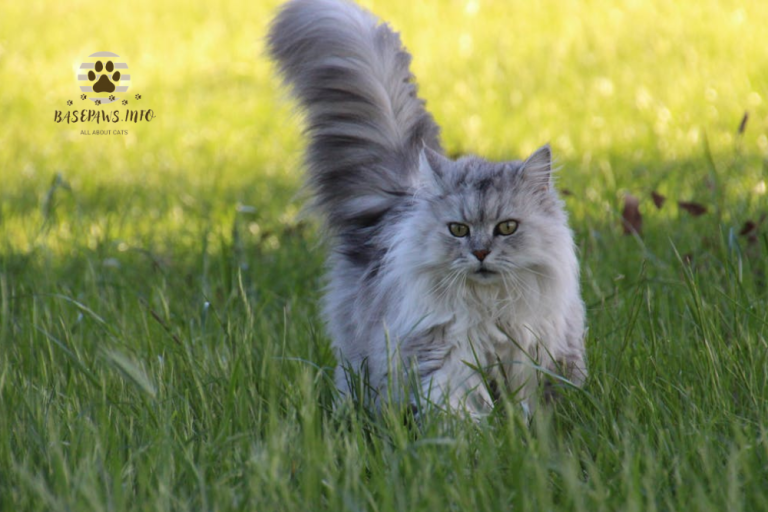New Saber-Toothed Cat Species Discovered in 5 Million-Year-Old Fossils
Scientists have made an exciting discovery in South Africa, uncovering a new species of saber-toothed cats that lived around 5.2 million years ago. These ancient cats were found near Langebaanweg, known for its rich fossil history. The new species are named Dinofelis werdelini and Lokotunjailurus chimsamyae, and they were found alongside the remains of two other species, Adeilosmilus Kabir and Yoshi Obscura. All these species belong to a group called Machairodontinae, commonly known as “dagger-tooth” cats because of their long, sharp canine teeth.
Details of the Discovery
The discovery was detailed in a study published in the journal iScience. The researchers, including paleontologists and other scientists, studied the fossils and were able to identify these new species based on their unique bone structures. The species D. werdelini was already known from fossils found in other parts of the world, including Africa, Europe, North America, and China. However, finding L. chimsamyae was surprising because it had previously only been discovered in Kenya and Chad. This new finding suggests that these saber-toothed cats were more widespread than scientists had originally thought.
The researchers examined the bones of the newly discovered species and compared them with those of other known saber-toothed cats. This comparison allowed them to create a new family tree for these extinct predators, helping us understand their evolutionary relationships.
Different Adaptations and Roles
The four species found at Langebaanweg were not closely related, and each had different adaptations that suited them to different environments. L. chimsamyae and A. Kabir were larger and had physical traits that made them fast runners, which would have been ideal for hunting in open grassland areas. These cats likely hunted large prey animals that roamed the plains.
Cute living species, Devon Rex, you’d like to know about.
On the other hand, D. werdelini and Y. obscura were smaller and more agile. They were better adapted to environments with more cover, like forests. These cats might have hunted smaller animals or used the forest cover to ambush their prey.
Environmental Changes and Hominin Evolution
The discovery of these species in overlapping habitats suggests that the environment at that time included both forests and open grasslands. The researchers believe this mix of habitats could be due to a gradual change in Africa’s climate. This shift likely transformed much of the continent from being covered in dense forests to more open grasslands, similar to what we see today.
This change in the environment is especially interesting to scientists because it happened around the same time early human ancestors, known as hominins, first appeared in Africa. Understanding these environmental changes could provide important clues about how and why hominins started walking on two legs, a key step in human evolution.
Some scientists suggest that the changing landscapes might influence the move to bipedalism, or walking on two legs. As forests gave way to grasslands, early hominins might have found it easier to move around and find food by walking upright.
However, recent studies have shown that grasslands might have appeared in Africa as early as 21 million years ago, much earlier than previously thought. This suggests that the development of grasslands might not have been the direct cause of bipedalism. Scientists are still investigating these questions better to understand the relationship between environmental changes and human evolution.
Conclusion
The discovery of these new saber-toothed cat species adds valuable information to our understanding of ancient ecosystems and the animals that lived in them. It also provides a fascinating glimpse into the diversity of life that existed millions of years ago and how species adapted to their changing environments. As scientists continue to study these fossils, they hope to uncover more about the lives of these ancient predators and the world they inhabited.







